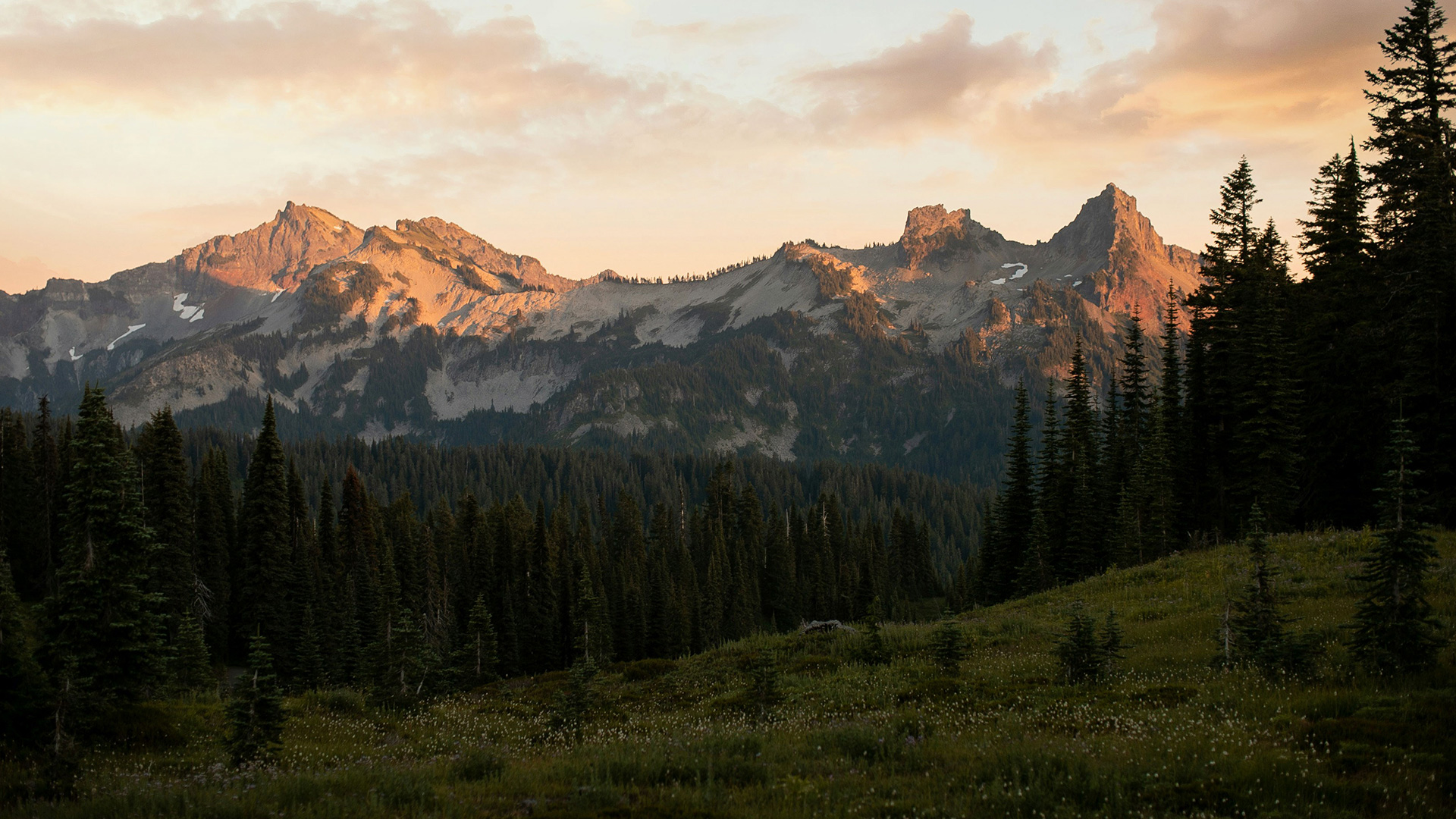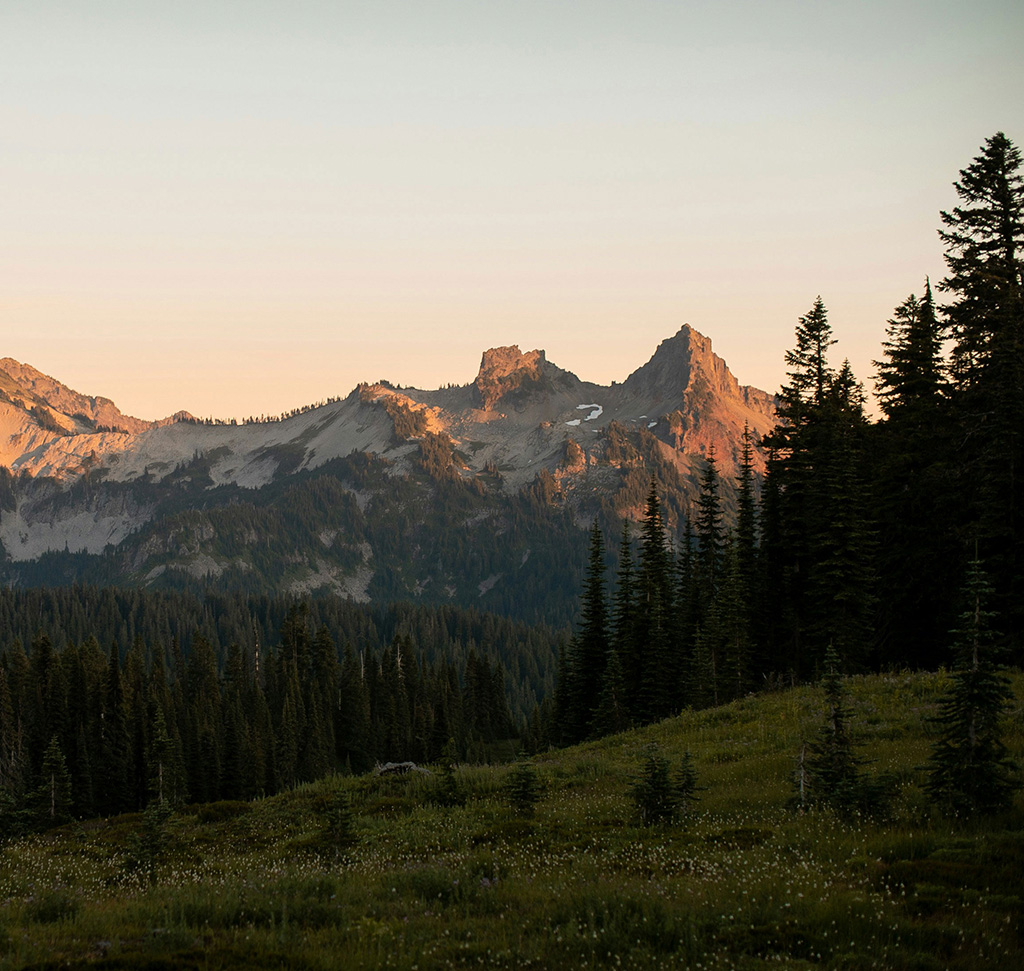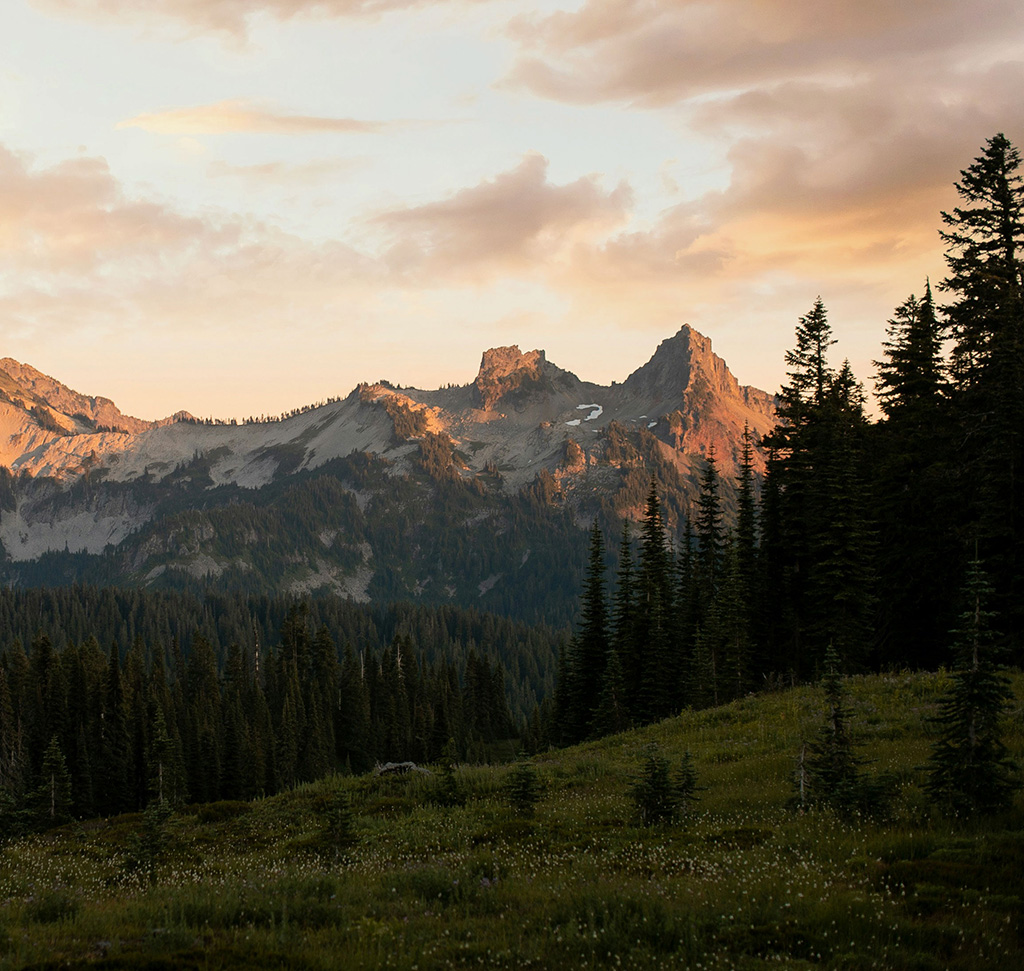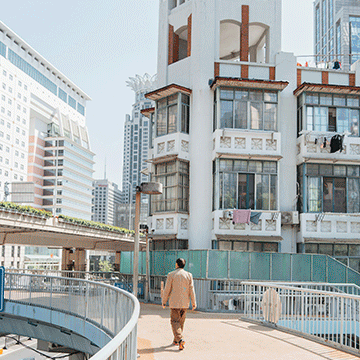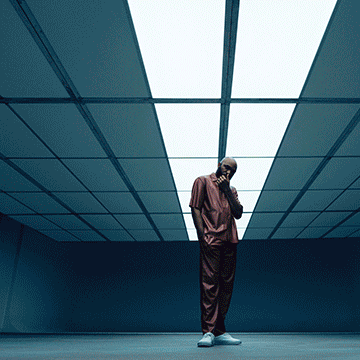Download Assets
description
We’re nearing the end of our 30 Days of Photoshop series! On today’s episode we’ll show you how to realistically replace skies in photos. Learn to analyze a photo’s light and color, find a matching sky, and use clipping masks, levels, and color balance to seamlessly blend the new sky.
Follow along with all 30 episodes as we explore the the magic of Photoshop together!
JOIN 30 DAYS OF PHOTOSHOP (FOR FREE!)
Ready to jump in? Sign up and we’ll email you a printable calendar and daily class schedule so you can get started right away!
Image Source
- Davies Designs Studio
- Emma Swoboda
Images sourced from Unsplash.
Share
AFTER
BEFORE
Seamless Sky Swap
Sky replacements may seem pretty simple, and sometimes they are, but differences in lighting, color, and color temperature can make compositing a sky much more challenging than expected. No matter how good our editing tools are, if the photos don’t match up properly, the end result is going to look weird and unrealistic. Let us show you how it’s done!
Prepare Your Photo
First, analyze your photograph to identify the direction of the light source and the overall color temperature of the sky. This is a crucial step to ensure the replacement looks realistic. The new sky you choose should have similar lighting and color. For example, if your photo has a warm, yellow-hued sky and highlights on the right side of objects, find a replacement sky that also has warm tones and a light source coming from the right or can be flipped to match.
Replace the Sky
1. Open your photo in Photoshop and drag your chosen sky image into the document. Place it on a new layer above your background image.
2. To create a seamless blend, use the Select > Sky feature, then create a layer mask on your new sky layer.
3. To move the sky independently of its mask, unlink the two by clicking the chain icon between them in the layers panel. If needed, use Ctrl/Cmd + T to transform the sky layer, and you can right-click to flip it horizontally to match the original lighting direction. You can also use a gradient on the layer mask to fade the new sky into the horizon line for a more natural transition.
Match Color & Light
To ensure the new sky looks integrated, match its color and light levels to the rest of the image. The sky’s color dictates the overall color cast of the landscape.
4. Use a Color Balance adjustment layer, clipped to the sky layer (Keyboard Shortcut “Alt/Option + click” between layers), to adjust the yellows, reds, and blues until the new sky’s colors are closer to the original.
5. You can also add a Levels adjustment layer, also clipped, to fine-tune the brightness and contrast. This ensures the light levels of the new sky harmonize with the original photo, making the composite look more cohesive and professional.
Now that your sky is perfectly replaced, you’re ready for the final step. Join us tomorrow as we cover the best settings and methods for exporting your finished image.
